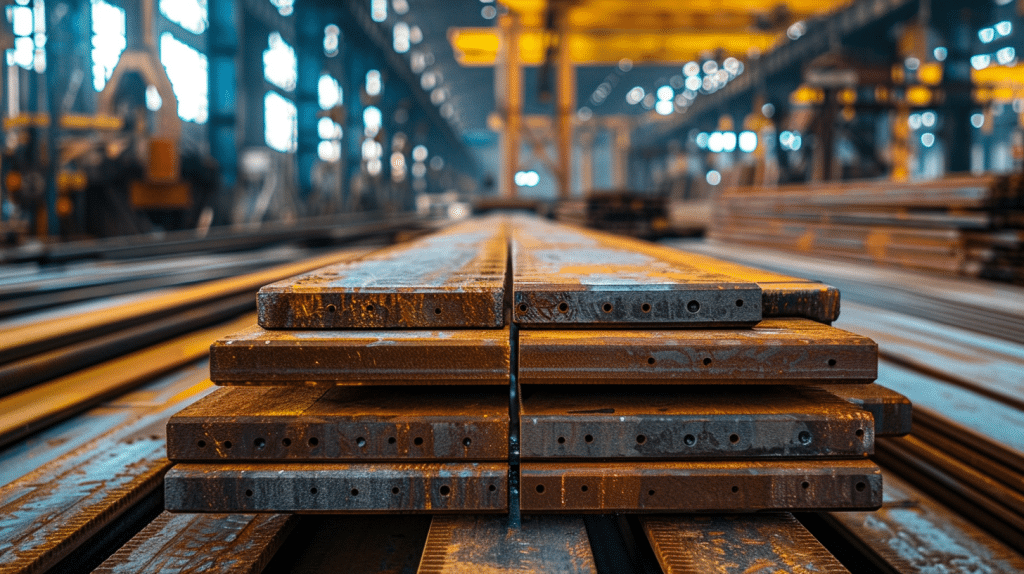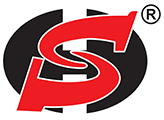As the saying goes, “there’s a tool for every job,” and when it comes to tapping P20 steel, you might wonder if a threadform tap is the right choice. P20 steel, known for its excellent moldability and toughness, requires precision and care during machining. Using a threadform tap presents benefits, such as reduced machining time and better thread quality, but there are factors to consider, including the material’s hardness and the tap’s specifications. You’re likely curious about the challenges you might face and the best practices for a successful outcome. To uncover the key to efficiently machining P20 steel with a threadform tap, let’s explore the intricacies together.

Can I Use A Threadfom Tap On P20 Steel
YES. Using a threadform tap on P20 steel requires a thoughtful selection of tools and techniques due to the material’s characteristics.
Benefits Of Using Threadform Taps On P20 Steel
- Improved thread quality: Threadform taps enhance the quality of threads produced on P20 steel, resulting in threads with higher precision and fewer imperfections.
- Increased tool durability: The cutting ease provided by threadform taps reduces tool wear, extending tool life and offering cost savings, particularly in large-scale production settings.
- Reduced tap breakage: Threadform taps are designed to spread cutting forces evenly, reducing stress points and the likelihood of tap breakage, which is especially beneficial when working with tough materials like P20 steel.
- Enhanced machining process: Threadform taps create cleaner and more accurate threads, meeting tight tolerances crucial for high-performance components. This improvement in the machining process ensures that threads are visually appealing and meet required specifications.
- Minimized machine downtime: Fewer broken taps mean reduced machine downtime, ensuring that production stays on schedule and avoiding expensive delays.
Factors That Affect The Use Of Threadform Taps On P20 Steel
- Material Selection: High-speed steel (HSS) or cobalt-based taps are recommended for P20 steel due to their strength and heat resistance.
- Lubrication: Proper lubrication is crucial to prevent wear or breakage caused by adherence of P20 steel to the tap. Lubricants formulated for high-alloy steels or with excellent pressure and heat resistance should be used.
- Speed and Feed Rate: Operating the tap at appropriate speeds and feed rates is essential to avoid breakage or inefficient cutting. Starting with manufacturer guidelines and adjusting as needed for specific job requirements is recommended.
- Tap Design: Taps designed for P20 steel feature specific geometries optimized for the material, including flute designs to efficiently remove chips, prevent clogging, and reduce heat buildup.
Potential Challenges And How To Overcome Them
Working with P20 steel requires a strategic approach to avoid common pitfalls like tool breakage and material adhesion. This type of steel, known for its hardness, demands tools that are up to the task. A threadform tap designed for hard materials is essential. These taps have a specific geometry that lowers the pressure on each cutting edge, reducing the risk of them breaking during the process.
Material adhesion is another issue to tackle. It occurs when chips cling to the tap, potentially spoiling the thread. The solution lies in selecting taps with a special coating that prevents material from sticking. Opt for coatings such as Titanium Nitride (TiN) or Titanium CarboNitride (TiCN), which offer a slippery surface that chips are less likely to adhere to.
Lubrication plays a pivotal role in the successful tapping of P20 steel. A premium cutting fluid can do wonders by decreasing friction and helping to clear chips from the tap, averting blockages and overheating. It’s vital to choose a fluid that’s formulated for handling tough materials and to use it liberally.
How To Use A Threadfom Tap On P20 Steel
To thread P20 steel with a threadform tap effectively, start by firmly clamping your workpiece to prevent any movement. This step ensures accuracy and prevents damage during tapping.
Choose the correct size threadform tap to match the intended hole size. This precision is key to creating accurate threads.
Before tapping, apply a high-performance cutting fluid to both the tap and the workpiece. This action is vital for reducing friction and preventing heat buildup, which can lead to tap breakage or compromised thread quality in P20 steel.
Position the tap perpendicular to the workpiece for thread accuracy. Begin with gentle pressure to form the first few threads. Once the tap is correctly started, you may slightly increase the pressure. However, always apply a consistent, moderate force to avoid breaking the tap.
As you tap, occasionally reverse the tap to break and clear chips. This prevents clogging and reduces the risk of tap breakage. Continue tapping and reversing until you achieve the desired thread depth.

Can Threadform Taps Be Used On All Types Of P20 Steel?
Threadform taps are versatile tools, yet their effectiveness can vary when applied to different grades of P20 steel. This material, widely used in mold making, is known for its chromium, molybdenum, and nickel composition, which grants it outstanding machinability and toughness. However, the specific type of P20 steel in question can significantly impact the tap’s performance.
Particularly, P20 steel comes in variants like P20+S, which has added sulfur to enhance machinability. This version, while easier to machine, may be more prone to chipping when using threadform taps. Conversely, P20+Ni steel, enriched with additional nickel, boasts higher toughness. This necessitates the use of threadform taps that are specifically engineered for harder materials to avoid wear or breakage.
The heat treatment state of the P20 steel also plays a critical role. While pre-hardened P20 steel allows for direct machining, steel in its annealed or hardened state might need specialized tools and approaches for successful tapping.
How To Choose The Right Lubricant For Tapping P20 Steel?
The viscosity of the lubricant is a critical consideration. With P20 steel, opting for a lubricant that has a higher viscosity is beneficial as it creates a robust protective layer between the tap and the workpiece. This layer significantly reduces friction and prevents wear, ensuring the tap operates smoothly. However, it’s essential to find a lubricant that strikes the right balance—too thick, and you might compromise fluidity and cooling, too thin, and it might not offer sufficient protection.
Lubricants that contain extreme pressure (EP) additives are particularly effective for tapping operations. These additives create a protective film on the metal surface when under high stress, such as during the tapping process. The presence of EP additives can greatly diminish tool wear and enhance the quality of the threads, making them an excellent choice for working with P20 steel.
The cooling capability of the lubricant should not be overlooked. Tapping operations generate considerable heat, and managing this heat is crucial to prevent damage to both the tap and the P20 steel workpiece. Lubricants with superior thermal conductivity are adept at dissipating heat, helping to maintain optimal operation temperatures and further contributing to the longevity of your tapping tools.
Frequently Asked Questions
Are There Any Specific Brands of Threadform Taps Recommended for Optimal Performance on P20 Steel?
When looking for threadform taps for P20 steel, brands like OSG, Kennametal, and Sandvik Coromant are highly recommended. These brands are known for their durable and precise tools that perform well with tough materials.
How Does the Hardness of P20 Steel Affect the Lifespan of Threadform Taps During the Tapping Process?
The hardness of P20 steel affects the lifespan of threadform taps because harder steel makes the taps wear out quicker. To handle this, you might need to change how you tap or pick taps made for tough materials.
Can the Use of Threadform Taps on P20 Steel Influence the Final Product’s Dimensional Accuracy and Surface Finish?
Using threadform taps on P20 steel can affect the precision and surface quality of your final product. The key is selecting the appropriate tap and settings to achieve optimal results. This ensures the product meets desired specifications.
What Are the Environmental Considerations When Selecting Lubricants for Tapping P20 Steel With Threadform Taps?
When choosing lubricants for tapping P20 steel with threadform taps, it’s important to pick biodegradable ones to lessen environmental damage. These lubricants should also lower friction and reduce wear, ensuring high-quality results in your tapping project.
How Do Threadform Tap Designs Vary for Manual Versus CNC Machining Applications on P20 Steel?
When tapping threads in P20 steel, the choice between manual and CNC machining affects tap design. For manual machining, taps are simpler to make them easier to use by hand. In contrast, CNC machining taps are designed for fast, precise, and automated operations.
Conclusion
Using a threadform tap on P20 steel can lead to precise and durable threads, considering the right conditions and tools.
To ensure the best results on your projects, always verify the compatibility of your tap with the specific P20 steel variety you’re working with. Don’t hesitate to consult with experts for advice on tap selection and operational parameters.
